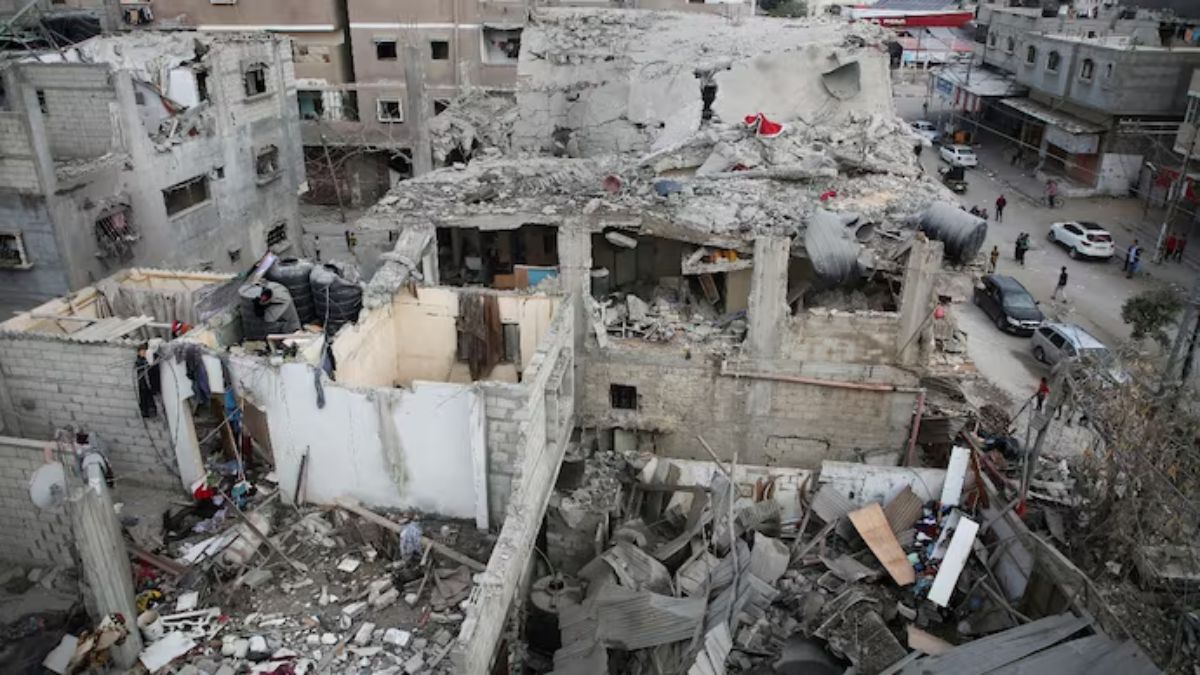
Diplomatic efforts to secure a ceasefire in Gaza are intensifying, as the conflict between Israel and Hamas enters its fourth week. The United States is exerting pressure on Hamas to agree to Israel’s terms for a ceasefire, while also urging Israeli leaders to show restraint in their military operations.
The latest round of violence was triggered by tensions in Jerusalem, which escalated into a full-scale conflict between Israeli forces and Hamas militants in Gaza. The violence has resulted in the deaths of hundreds of Palestinians and several Israelis, with thousands more injured and widespread destruction across the region.
Despite international calls for a cessation of hostilities, Israeli Prime Minister Benjamin Netanyahu has announced plans to launch an attack on the city of Rafah in southern Gaza, regardless of whether a ceasefire agreement is reached. Rafah is home to more than a million Palestinians, many of whom have been displaced by the recent fighting.
Netanyahu’s decision to target Rafah has raised concerns about the potential humanitarian impact of such an offensive. The city has already been heavily affected by the conflict, with essential services disrupted and supplies running dangerously low.
Meanwhile, the plight of Israeli captives still held in Gaza has added another layer of complexity to the crisis. On Tuesday, their families protested in Jerusalem, demanding a ceasefire deal that would ensure the safe return of their loved ones.
The fate of those caught in the crossfire hangs in the balance, with both sides showing no signs of backing down. The international community remains hopeful for a peaceful resolution to the crisis, but the road to a ceasefire appears fraught with challenges and uncertainties.
